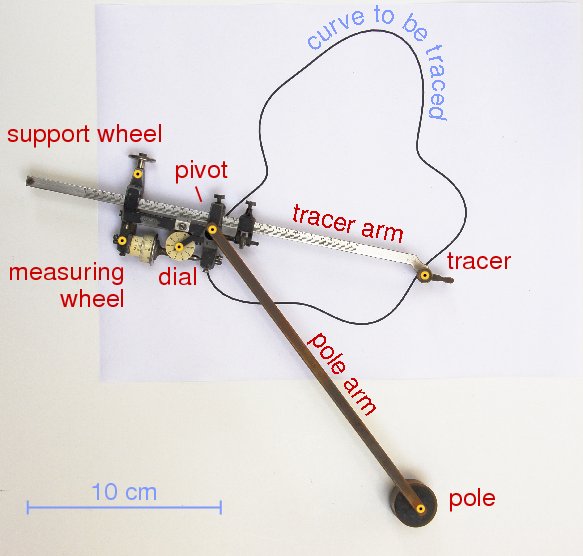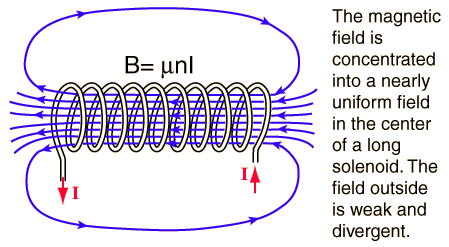- Systemic Initiative for Modeling Investigations & Opportunities with Differential Equations (SIMIODE)
- Quantitative Undergraduate Biology Education and Synthesis (QUBES)
- Coursera Stanford Online DeepLearning.Ai
- The Feynman Lectures on Physics
- Teaching with Technology in Undergraduate Mathematics: Virtual Learning Ontario
- The Characteristics of Excellence in Undergraduate Research (COEUR) 2.0, Council on Undergraduate Research
- LinkedIn Learning
- My (Old) Collections on (Fun) Math Stuff
- Careers in Mathematics
- The Math Institutes MathInstitutes.org
-
Old Homepage of Dr. Louis J. Gross and the New Homepage of Dr. Louis J. Gross (tons of goodies for math bio research & education)
Teaching
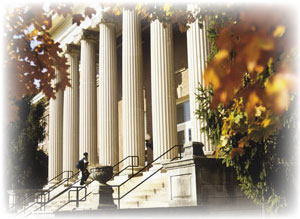 |
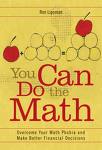 |
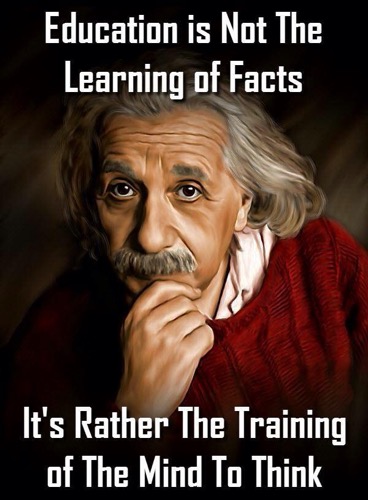 |
 |
“All men by nature desire knowledge.” Aristotle’sMetaphysic
Intelligence plus character, that is the goal of true education. (Martin Luther King
Jr.)
To Teach is to Touch Lives Forever. (Barbara Chiantia)
Let my teaching fall like rain
and my words descend like dew,
like showers on new grass,
like abundant rain on tender plants.
Deuteronomy 32:2 (NIV)
 (《师说》)
(《师说》)
@Culture Critic The seven liberal arts were traditionally divided into three humanities and four sciences. Grammar, dialectic, and rhetoric were the humanities; hūmānitātēs meant something like “cultivations,” “refinements,” even “courtesies.” Arithmetic, geometry, music, and astronomy were the scientiæ, the sciences (all, even music, were studied mainly in mathematical terms).
Grammar is the plainest. In antiquity, grammar meant more than what’s covered by Schoolhouse Rock. It included parts of speech and tenses and when to say “and I”; but its standard material was the classical poets, especially Homer. Its province hardly differs from the subject of English (as we used to call it). Grammar teaches us how to talk in the basic sense — how to comprehend and convey ideas.
Dialectic is logic, especially deductive logic. It isn’t exactly what we call “critical thinking”; they’re related, but that’s an umbrella term — it also covers certain aspects of both rhetoric and the scientific method. Dialectic tells you when reasoning is cogent, when it is uncertain, and when it is dead wrong. Having learnt from grammar how to talk, dialectic teaches you to talk sense.
And thirdly, rhetoric. Rhetoric brings in the ethical, social, emotional, and aesthetic elements of speech; it teaches us how to be not only clear and cogent, but captivating. Rhetoric, because it has come after dialectic, is ideally placed to help us persuade in an honest way, uniting sound reasoning with appropriate feeling.
You might think of it as the humanities as making you pleasant to talk with, while the sciences give you something to talk about.
君子六艺: 礼、乐、射、御、书、数。
Resources
My Paired-Reading Program
Fall 2024:
Undergraduate Research Center Newsletter - August 2024: Doing Undergraduate Research while getting paid!
- Differential Equations I - D2L
The book: Differential Equations: A Toolbox for Modeling the World - by Dr. Kurt Bryan
ENSAR Methodology expert: Jorge Christen: Luxta Corporation, UDEM University of Monterreyand
Hands-on Activities:
1) M&M Disease Spread Modeling
2) Compartment Models: Salt Tank Models
3)
Resource:
1) SAGE - programming
2) Python - JupyterLab AI Python for Beginners: Basics of AI Python Coding, by Andrew Ng
3) Matlab: installation instructions in D2L
4) Mathematica: go to KUC ITD to get it installed
5) Slopes (App)
6) Multisim (App) to build circuits
7) GeoGebra
8) Desmos
9) Join QUBESHUB-Community-Groups-Simiode to access HTML, an interactive book with SAGE codes, see D2L for detailed instructions.
10) ODEs Infographics - GitHub - Vector Analysis - D2L
How might LLMs store facts | Chapter 7, Deep Learning
Spring 2024
- Analysis I:
- Differential Equations II
Fall 2023
- Theory of Calculus
- Differential Equations I
Spring 2023
- Differential Equations II
- Calculus II
Fall 2022
- Paired-Reading Program: To encourage Reading, Making friends, Improving mental health, and as Bonus
- Differential Equations I: Math 3120-002
- Analysis II: Math 6200-001
- Problems in Mathematics: Math 4602-001 (independent study)
Spring 2022
-
Paired Reading program:
The paired-reading program formally starts on Feb. 1, 2022. Two or three students will form a pair, led by a graduate student to read over "something mathy" that interests all of you. You will meet 30 minutes to one hour per week from Feb. 1 to April 27.
Two in-progress reports and one final report are required to receive a full 25 pts bonus. The reports dates are Feb. 28, March 31, and April 28, submitted in Dropbox.
Some topics of interest are here, and the list will get longer.
- Math 6190-001:
- Math 3110-002:
Project 1: Making Quadric Surfaces (Due March 15, 2022)
Examples:- Previous students' work: https://www.mtsu.edu/faculty/wding/quadric-surfaces.php
- 3-D printing: Makers Space
- Making Quadric Surface - Hyperboloid of 1 sheet: http://www.georgehart.com/skewers/skewer-hyperboloid.html
- Making Quadric Surface: Hyperboloid Paraboloid: https://mathcraft.wonderhowto.com/how-to/make-hyperbolic-paraboloid-using-skewers-0131751/
- Interactive Gallery Of Quadric Surface: https://nmd.pages.math.illinois.edu//quadrics/index.html
- Quadric Surfaces: U of Oxford: https://www.maths.ox.ac.uk/about-us/departmental-art/quadric-surfaces
My Calculus III students' project on Quadric surfaces: using skewers & rubber bands, AutoCAD, Python, Origami. I am very pleased!
 @Mary Bickel @Zach Staton @Mario Cancilla @TrevorGiroux @IanTantum @BenStreakley @AbigailPlummer
@TristanPeterson
@Mary Bickel @Zach Staton @Mario Cancilla @TrevorGiroux @IanTantum @BenStreakley @AbigailPlummer
@TristanPeterson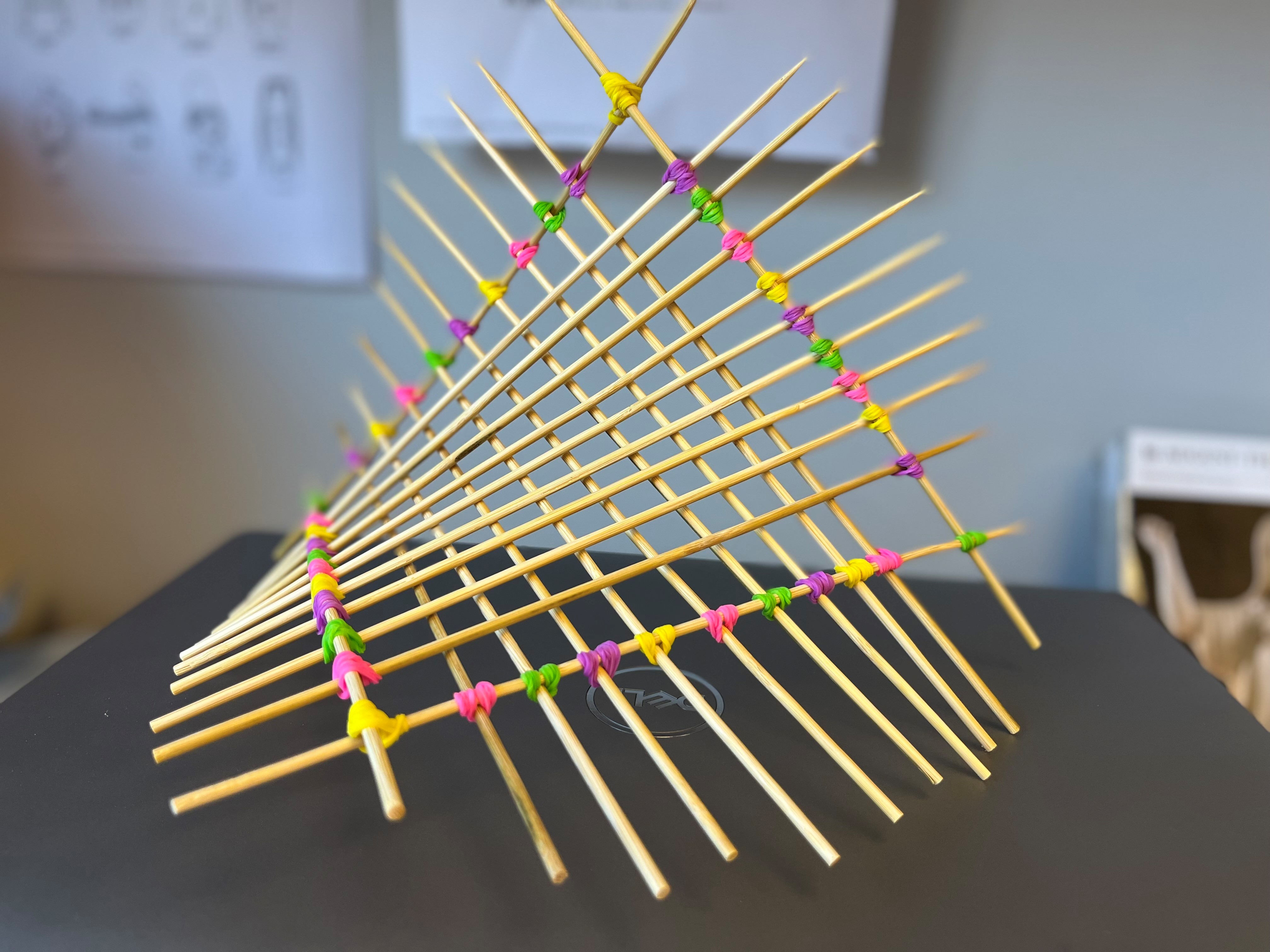
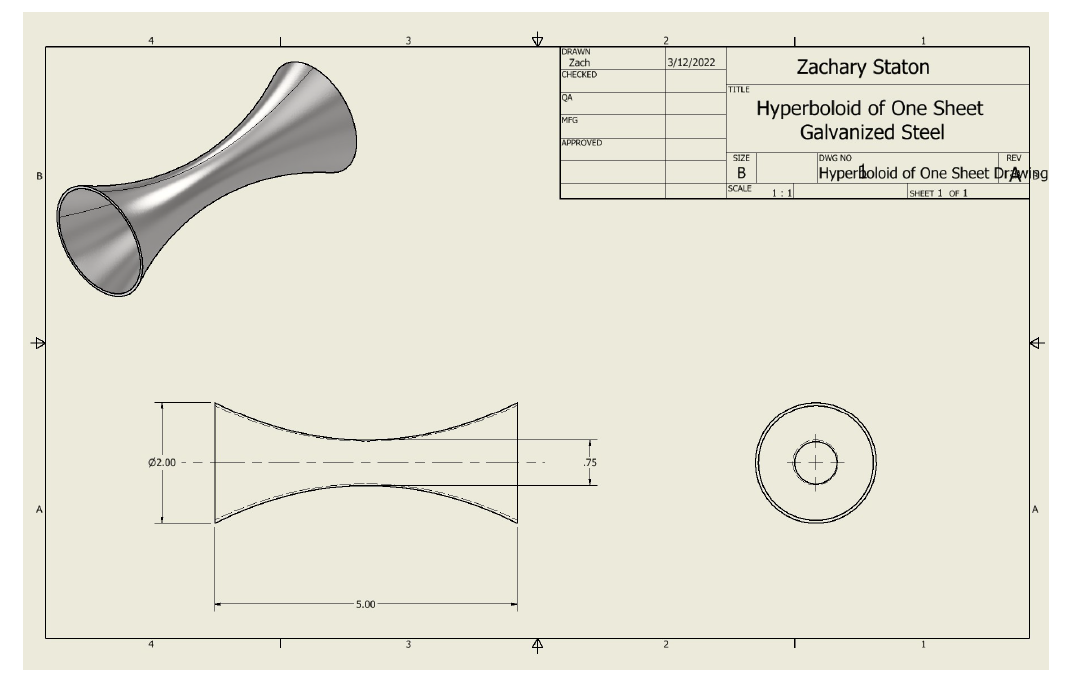
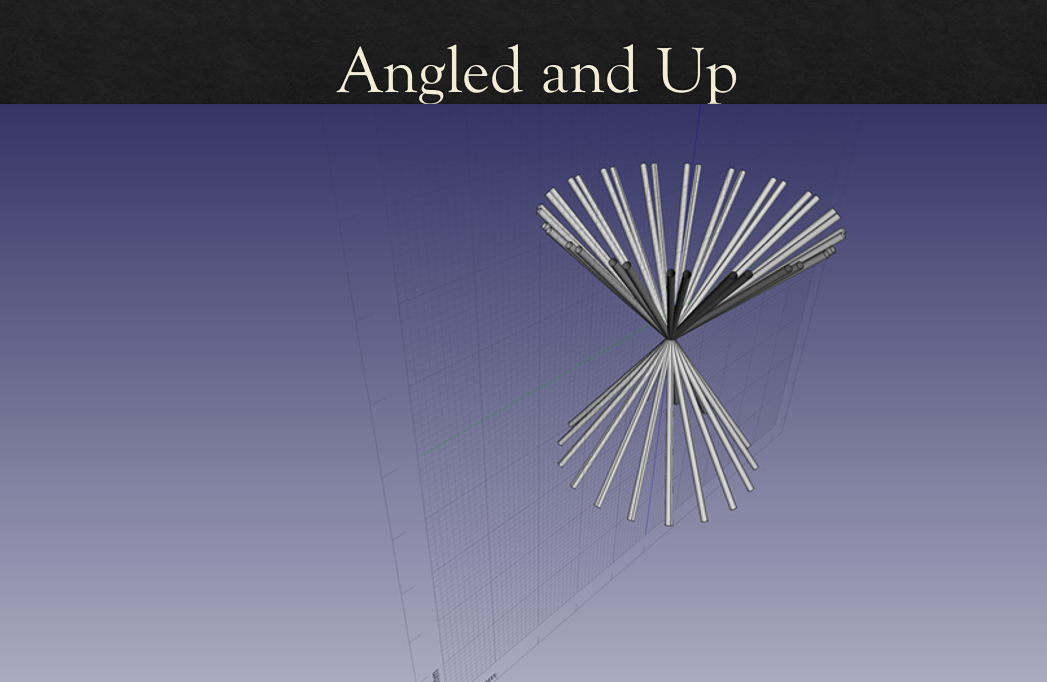
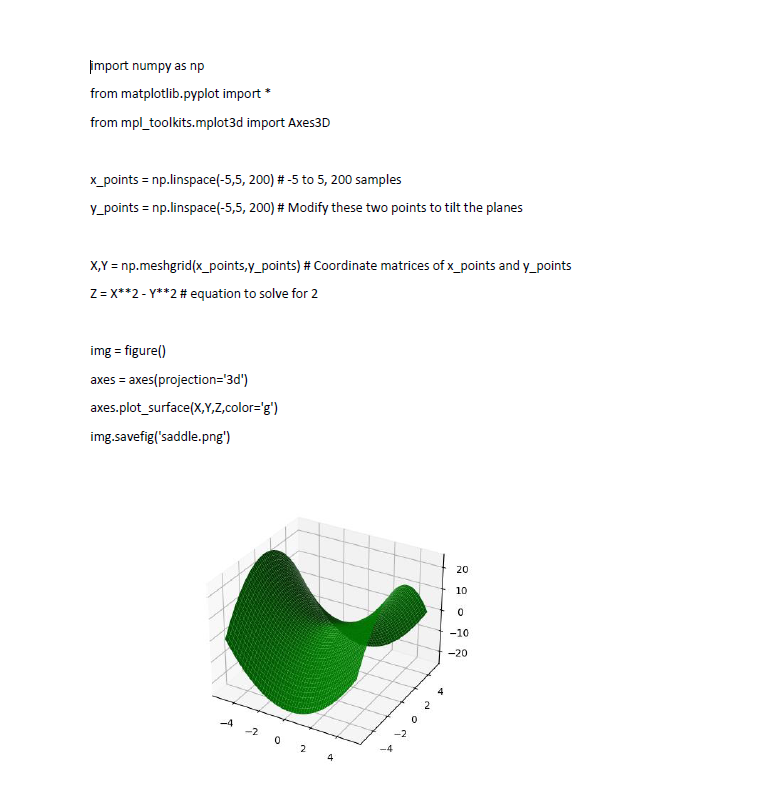
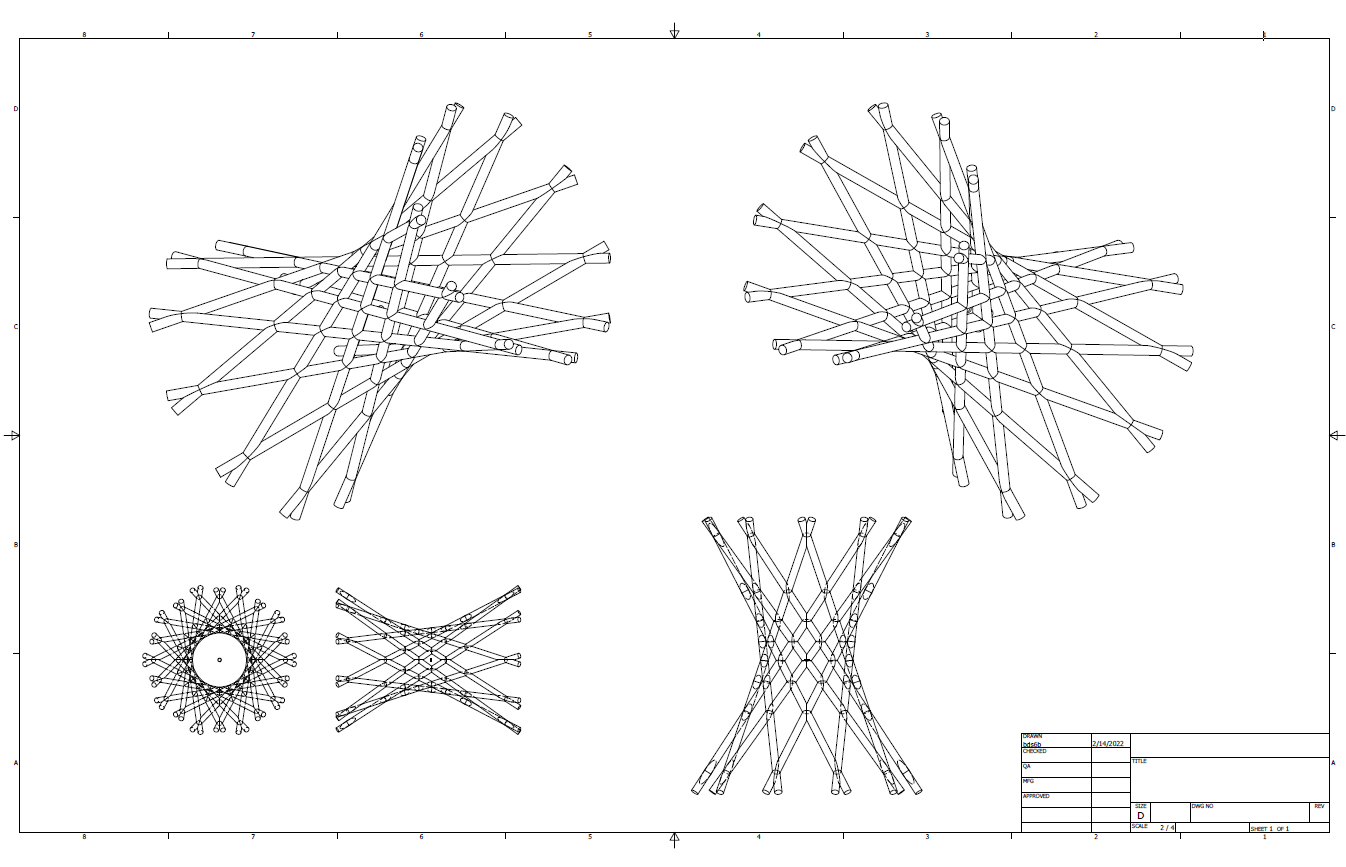
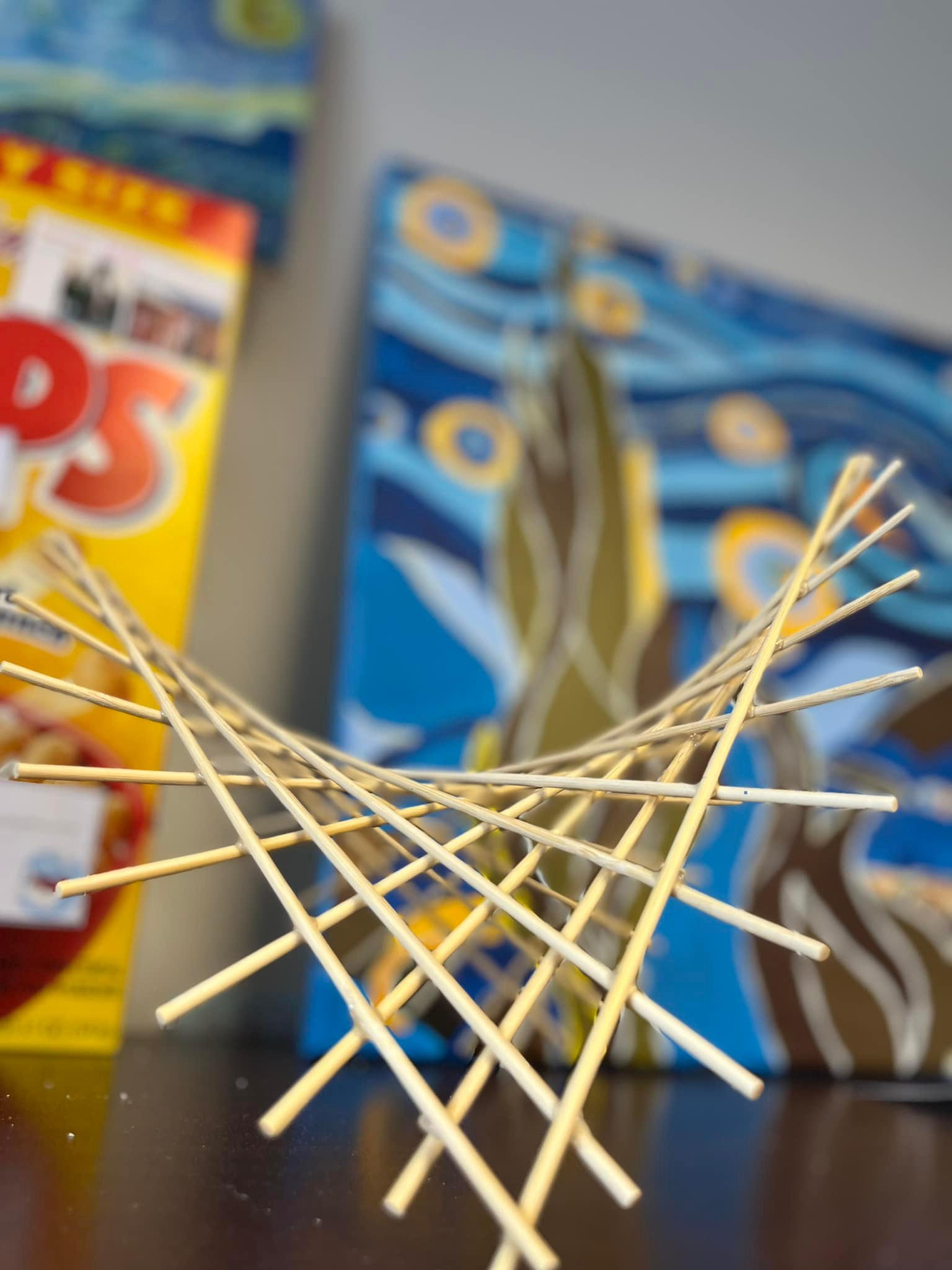
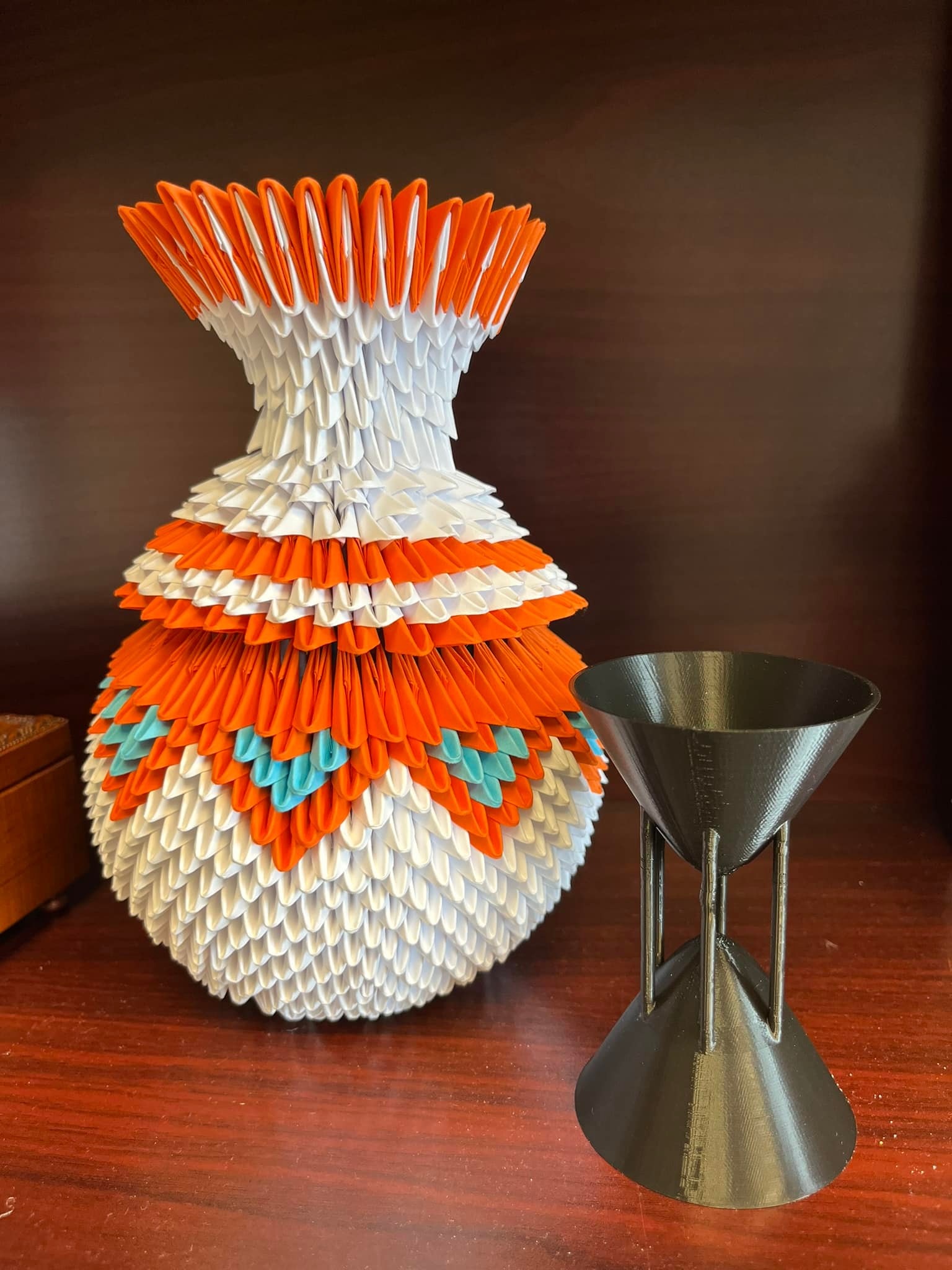
My Analysis I students made the Origami swans with love, hundreds of little pieces for their Paired Reading program @NadaSrour @AwanHamalaw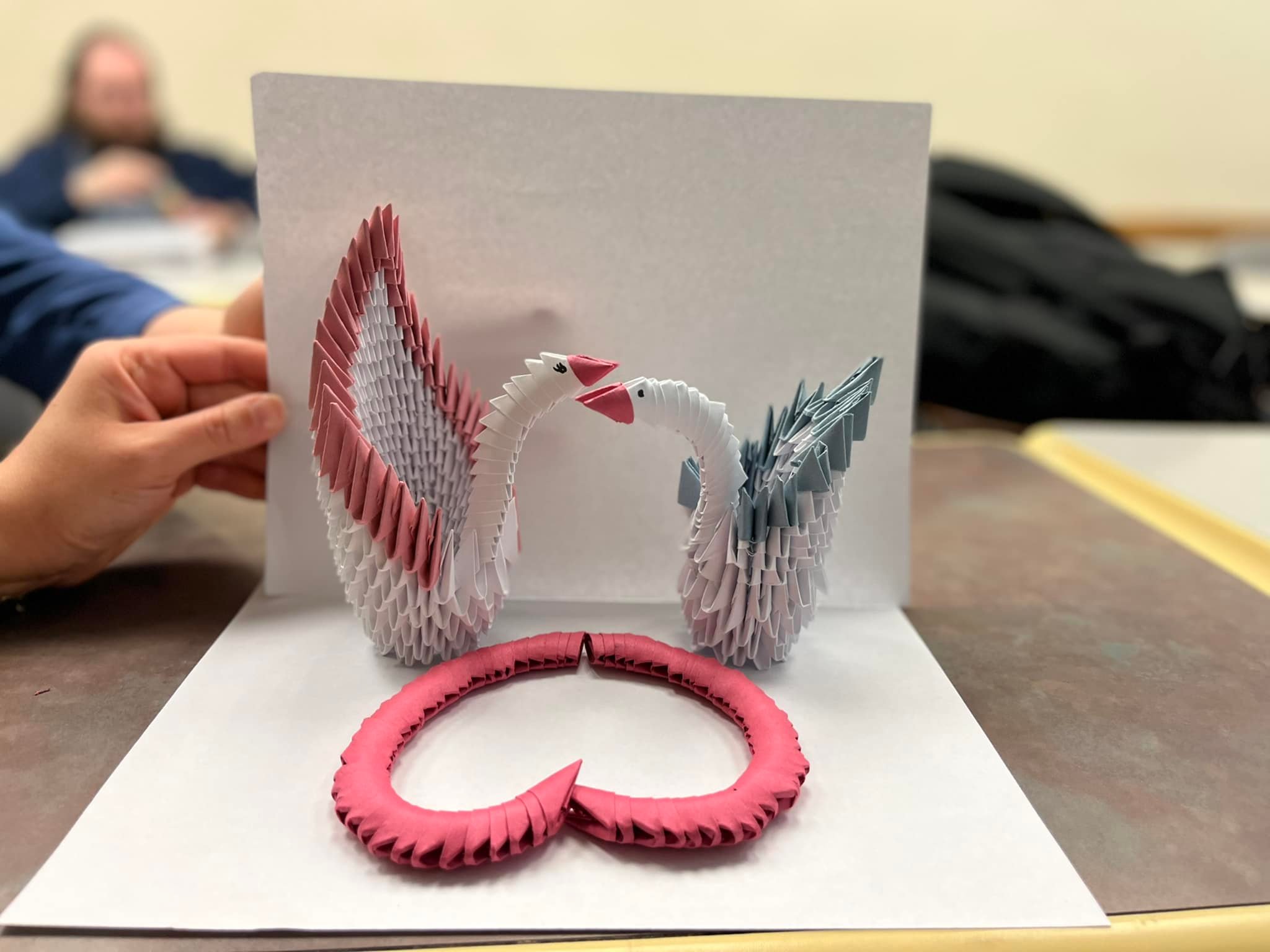
Fall 2021
- Theory of Calculus - Math 4250:
Projects:Choose one of the following:
- Use the following link as a starting point to prepare a PPT presentation on John von Neumann's achievements and life. https://www.cantorsparadise.com/the-unparalleled-genius-of-john-von-neumann-791bb9f42a2d
- 10 (harder) problems from <Problems in Mathematical Analysis> by B. Demidovich, choosing topics from sequences, limits, continuity, differentiation, and integration, see Content in D2L for details.
- Using this reference: A journey from Archimedes to Lebesgue https://mp.weixin.qq.com/s/tYOt1D9iBKGMQasGNxWX6g to make a PPT presentation explaining the development and the idea of Calculus. Using automatic translation provided by Google Chrome to read.
- Using https://mp.weixin.qq.com/s/Z8vflk3fhEuGwKiUVokaUA (Integral version) and https://mp.weixin.qq.com/s/0iShKtJfMalnj0b0tX3VQg (Differential version) to make a PPT presentation to explain your own understanding
of the Maxwell equations. Using automatic translation provided by Google Chrome to
read.
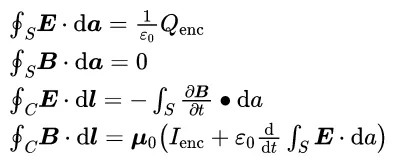
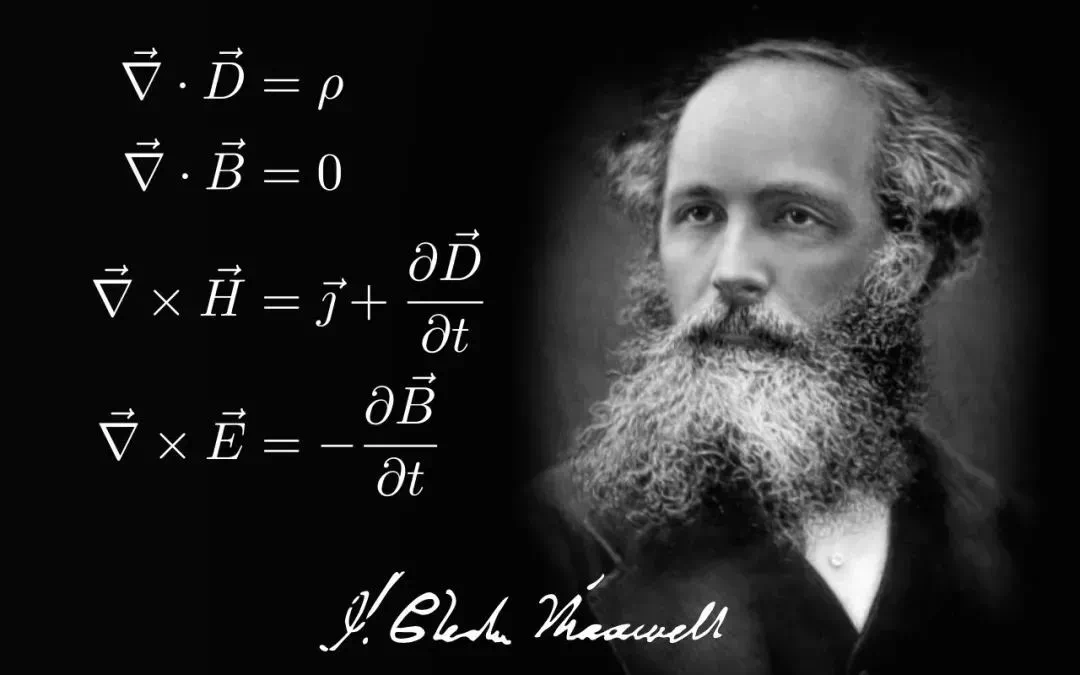
-
How Many Numbers Exist? Infinity Proof Moves Math Closer to an Answer.
https://www.quantamagazine.org/how-many-numbers-exist-infinity-proof-moves-math-closer-to-an-answer-20210715/
Read the above article and prepare your PPT for a presentation. - Make a PPT to summarize the Bernoulli brothers' contribution to mathematical fields.
- Read https://mp.weixin.qq.com/s/saFIN1got56ZILUp8DaTOA?fbclid=IwAR3SfdA7srMKS-wZIV1Qrkw6CBLYHvRN_T1FV2FIKzyy1Bg41KK0riHx-Ro using Google Translate and write about it, either a PPT or an essay.
Students' Projects:
Jacob Moser: Project 1 (John von Neumann) Project 3 (The Development of Calculus)
Carina Vazquez: Project 6 (Bernoulli Family)
Amara Mattingly Project 1 (John von Neumann) Project 3: middle-school style lesson plan that connects integration concepts with students' prior knowledge of calculating the area of 2D shapes. The zip folder contains a PowerPoint, Student Packet (printable), Student Packet PDF with more complete diagrams (printable, could be substituted for corresponding pages in the Word packet), and a teacher answer key.
Bibi Munsifa: P1-Bernoulli Family
Nick LaMay: P5- Infinities
Kevin Lay: P5-Infinities P7-Mathematical Principle
- Calculus II - Math 1920
Choose one of the following projects to submit by the end of the semester:
Examples from previous semesters: https://www.mtsu.edu/faculty/wding/1920_fall2019.php- 3-D printing (Maker's space in the library) a solid of revolution and figure out how to calculate its surface area or volume.
Anthony Pierce's 3-D printing with its volume calculation with disk method. PDF (more details)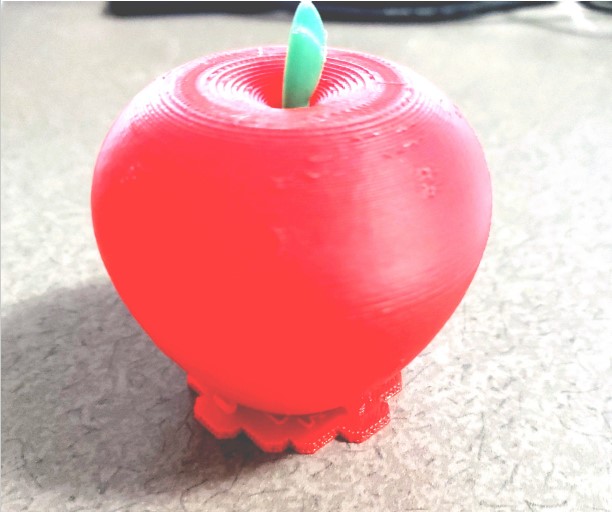
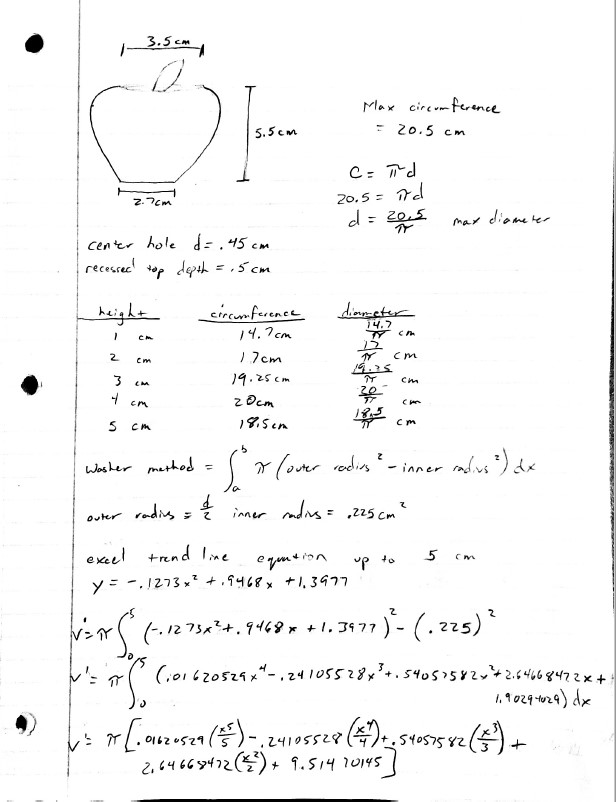
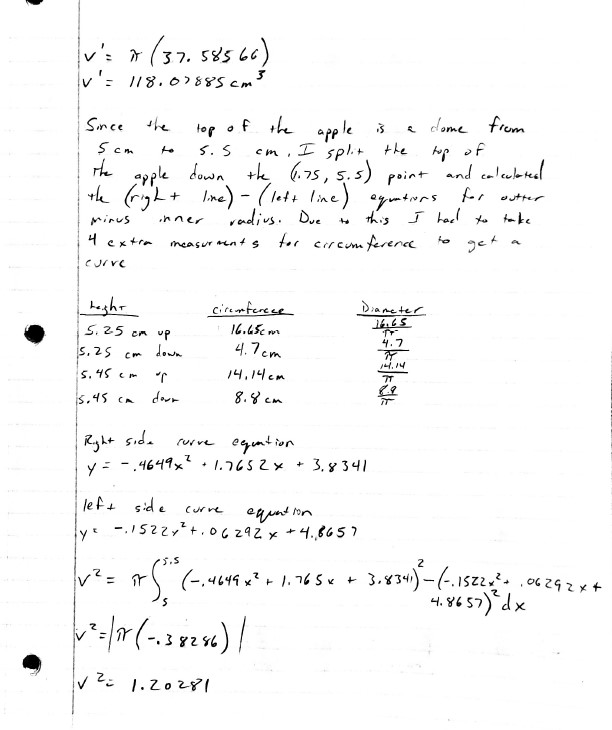
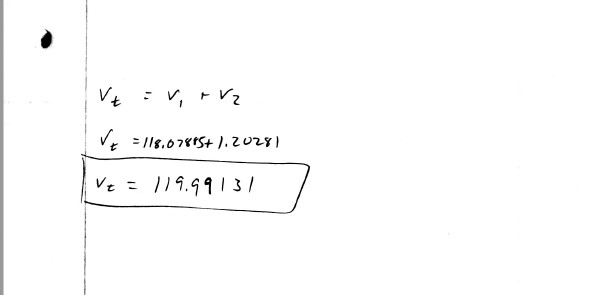
- Pumpkin carving with your favorite calculus II formulas.
Pujan Nepal's REAL 3D model for the pumpkin and the carving using the software Blender for the p-series.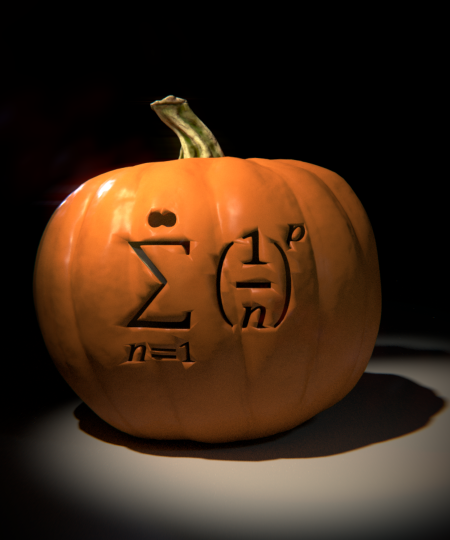
Anthony Pierce's pumpkin carving of the trig integral and the idea to solve such an integral.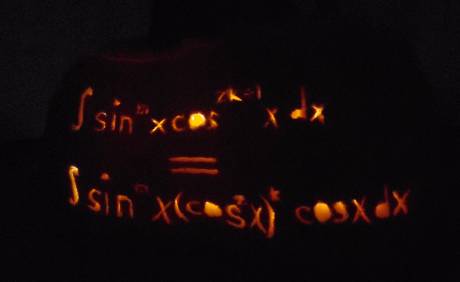
Diwas Dulal's pumpkin carving of the volume formula using Disk method: (PDF)
Jenna Anding's Pumplin carving using Cyberpumpkin.Zone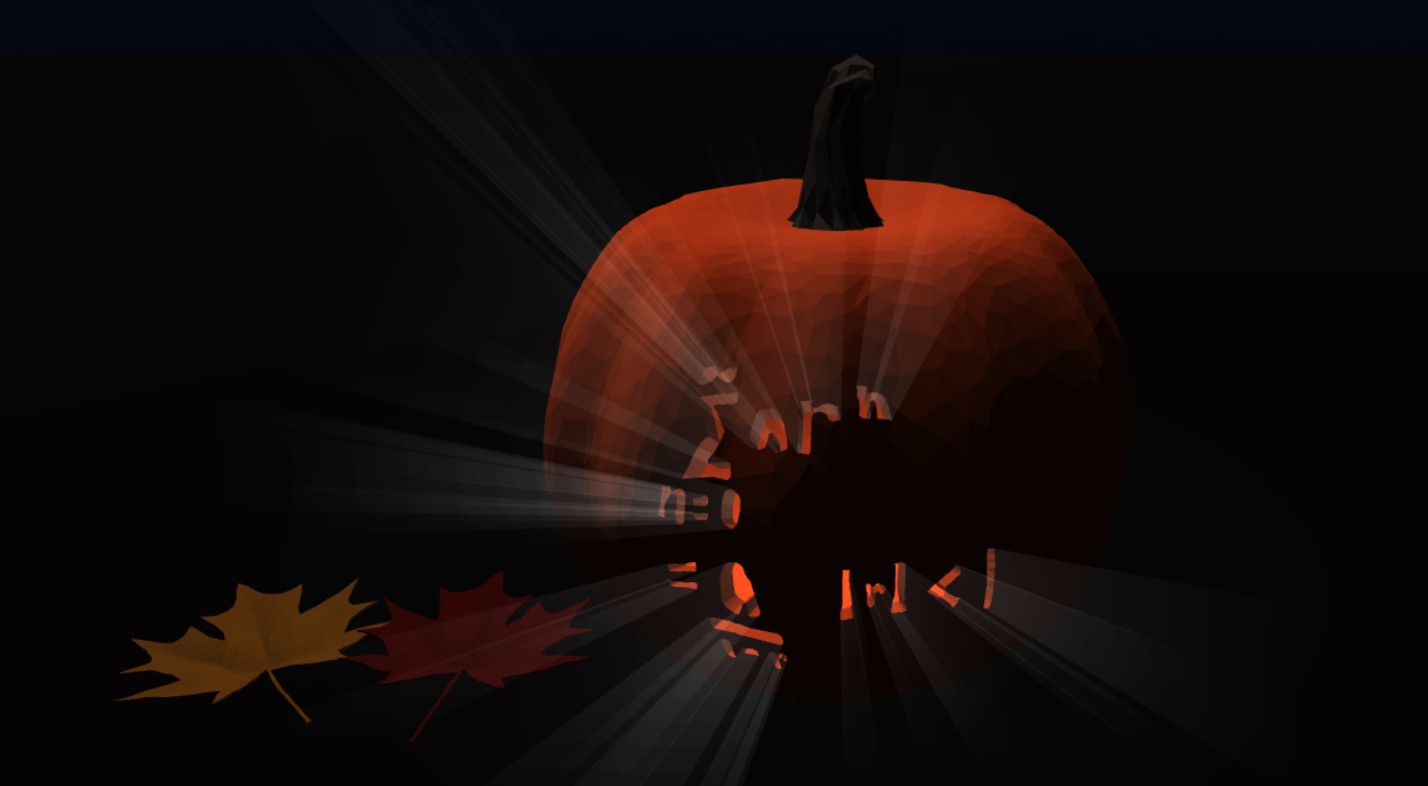

- Using Numerical Schemes to approximate definite integrals (Midpoint Rule, Trapezoid Rule, Simpson's Rule) and calculate the corresponding errors. Trapezoidal Rule: Matlab and Python, C, Maple, other language.
- Connect the music with sequences/series. Many mathematicians like classical music. Gelfand thinks: There are four connections between mathematics and music: beauty, conciseness, accuracy, wild but extradinary ideas. Examples https://www.youtube.com/watch?v=IGJeGOw8TzQ
- Make a PPT to investigate the Brachistochrone problem, the Tautochrone problem, conchoids of Nicomedes exploration ( section 10.1 PPT ) .
Jennifer Diep's Project
- Create Metaverse Calculus Experience: make an experience in Metaverse studio about a topic in calculus II and upload the
share link or QR code to Dropbox.
Jenna Anding's Metaverse Experience on the functions growth/blowup rates comparison for ln(x), x^n, e^n, n!, n^n.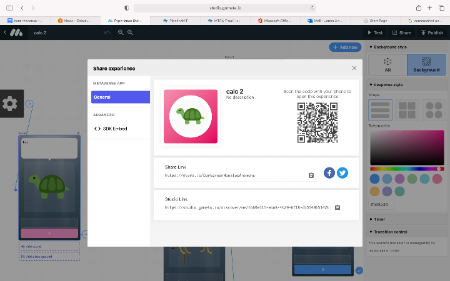
Diwas Dulal's Metaverse Experience "Calculus Angel", check it out! It is very nice!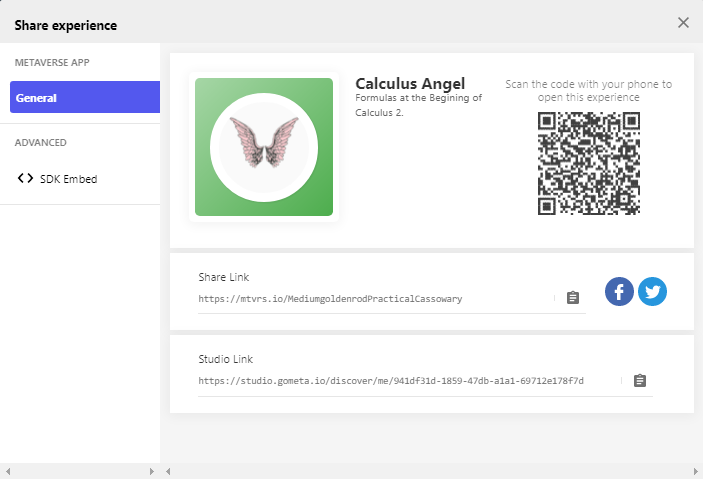
Pujan Nepal's Calculus Metaverse Experience on Series. It has sound, the interactive component, very cool!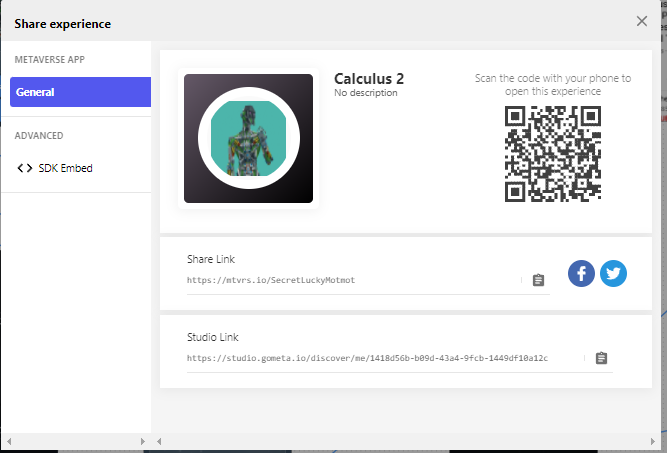
- 3-D printing (Maker's space in the library) a solid of revolution and figure out how to calculate its surface area or volume.
Fall 2020: Sabbatical Leave
I took a sabbatical leave in Fall 2020.
Spring 2020
- Differential Equations II MATH 3260
- Fundamentals of Differential Equations and Boundary Value Problems 7th edition, by Nagle, Saff and Snider
- Real Analysis MATH 6250
- Real Analysis by Royden and Fitzpatrick: Continue from section 7.3
- Problems in Mathematics MATH 6612
- The Feynman Lectures on Physics (the book)
Fall 2019
- Calculus II MATH 1920
- Analysis II MATH 6200
Summer 2019
- Problems in Contemporary Mathematics
Spring 2019
- Differential Equations II
- Analysis I
- Problems in Mathematics: Analysis (Independent Study)
Fall 2018
- Differential Equations I
- Theory of Calculus
- Calculus III: Math 3110-001
- Differential Equations I: Math 3120
Spring 2017
Spring 2016
- Mathematics for General Studies: Math 1010-008
- Differential Equations I
- General Info
- Matlab Info
- Quick Into to Matlab
- Matlab Resources from Mathworks
- Matlab Primer
- Online Matlab tutorial from Univ of Utah
- Free Version of Matlab - Octave
- Maple Info
- Maple Training
- Table of Content
- Chapter 1 and 2
- Chapter3
- Free version of Maple - wxMaxima
- Teaching Material
- Direction Field
- Predator-Prey Interaction (Fox in this PDF should be rabbit)
- Two Species Competition
- Matlab Info
- D2L
- General Info
- Complex Analysis: Math 4601: D2L
Fall 2015
- College Mathematics for Managerial, Social, and Life Sciences: Math 1630
- Vector Analysis: Math 4230:
- Resources
- D2L
- Teaching Materials
- A History of Vector Analysis
- Understand Triple Products: Scalar Triple Product; Wikipedia Triple Products
- Understanding Divergence and Curl
- Understanding Green's Theorem
- Understanding the Divergence Theorem
- Understanding Stokes' Theorem
- 3D Divergence Theorem Intuition - Khan Academy
- Vector Analysis Formulas
- Mathematica for Vector Analysis
- Very Brief Intro to Tensor Product: Jim Fowler, Dan Fleisch, Wikepedia
- Interesting Reading
- Resources
- Computational Science Seminar
- Math Biology Seminar Schedule
Spring 2015
- Applied Calculus I: Math 1810
- College Mathematics for Managerial, Social, and Life Sc: Math 1630-009, 1630-010
Fall 2014
- Differential Equations I: Math 3120
- Advanced Differential Equations I: Math 6260
- Analysis II: Math 6200
- Mathematical Biology Seminar
Summer 2014
Spring 2014
- Calculus II: Math 1920
- Analysis I: Math 6190
- Mathematical Biology Seminar
Fall 2013
- Calculus III: Math 3110
- Theory of Calculus: Math 4250
- Problems in Advanced Calculus: Math 6610
Summer 2013
Applied Statistics: Math 1530
Spring 2013
- Calculus II: Math 1920
- Differential Equations I: >Math 3120
- General Info
- Teaching Material
- Direction Field
- Predator-Prey Interaction (Fox in this PDF should be rabbit)
- Two Species Competition
- Project
- Before you start your projects, make sure you go over these Maple Sheets
- Assignments
- Homework (due every Friday)
- HW 1: section 1.2: 7, 8, 12, 24, 28.
- HW 2: section 1.3: 1, 2, 3. section 2.2: 7, 15, 12, 9. section 2.3: 6, 7, 15, 20, 22, 23.
- HW 3: section 2.4: 1, 4, 9, 11, 12, 20; section 3.2: 1, 3. (due Wed.)
- HW 4: section 3.4: 1, 8(a).
- HW 5: section 4.2: 1, 4, 7, 8, 15, 16. section 4.3: 3, 4, 23, 22.
- HW 6: section 4.4: 13, 14, 27, 28, 31. section 4.5: 19, 30, 32, 34, 36.
- HW 7: section 4.6: 1, 4. section 4.7: 9, 13, 45.
- HW 8: section 5.2: 1, 10. section 5.4: 3, 10 (1st sentence), 28.
- HW 9: section 7.2: 6, 10, 14, 16, 18. section 7.3: 1, 2, 5, 6, 10. section 7.4: 3, 4, 5, 6, 8, 22, 23, 25.
- HW 10: section 7.5: 1, 11, 38.
- HW 11: section 7.6: 1, 5, 11, 25, 29. Section 7.7: 1, 5, 9.
- Theory of Calculus: Math 4250 (Independent Study)
- Teaching Internship: COMS 7800
- Research Seminar in Computational Science: COMS 7950
Spring 2012
- Differential Equations I: Math 3120-001
- General Info
- Teaching Material
- Homework
- HW 1 (10pts): section 1.1: 10, 12, 16. section 1.2: 7, 8, 12, 24, 28.
- HW 2 (10pts): section 1.3: 1, 2, 3. section 2.2: 7, 15, 12, 9. section 2.3: 6, 7, 15, 20, 22, 23.
- HW 3 (10pts): section 2.4: 1, 4, 9, 11, 12, 20. section 3.2: 1, 3.
- HW 4 (10pts): section 3.4: 1, 6. section 1.4: 1, 3.
- HW 5: section 4.2: 1, 4, 7, 8, 15, 16. section 4.3: 3, 4, 23, 22. section 4.4: 13, 14, 27, 28, 31.
- HW 6: section 4.5: 19, 32, 34, 36. section 4.6: 1, 4.
- HW 7: section 5.2: 1, 10. section 5.4: 3, 10, 28.
- HW 8: section 7.2: 6, 10, 14, 16, 18. section 7.3: 1, 2, 5, 6, 10.
- HW 9: section 7.4: 3, 4, 5, 6, 8. 22, 23, 25. Section 7.5: 1, 38.
- HW 10: section 7.6: 1, 5, 11, 25, 29.
- Differential Equations II: Math 3260-001
- General Info
- Homework
- HW 1 (10pts): section 10.2: 17, 16, 21, 23, 28. section 10.3: 1, 3, 5, 9, 11
- HW 2: (10pts) section 10.3: 17, 19. section 10.4: 5, 7. section 10.5: 3.
- Group Work 1 from Powers' book.
- HW 3: section 10.5: 17. section 10.6: 7.
- HW 4: section 10.6: 15, Group Work 2: Power's book problem. section 10.7: 7.
- HW 5: section 10.7: 15, 21.
- HW 6: section 11.2: 5, 7, 13, 19. section 11.3: 3, 9 (group work)
- HW 7: section 11.4: 3, 7, 17; section 11.5: 5, 9.
- HW 8: section 11.6: 3. Section 8.2: 1, 27, 31, 35. Section 8.3: 5, 19, 29.
- HW 9: Section 8.4: 3, 9. section 8.5: 7. section 8.6: 5, 13, 21.
- Analysis I
Fall 2011
- Differential Equations I
- Theory of Calculus
- Analysis II
Summer 2011
- Applied Statistics
Spring 2011
- Calculus II
- Analysis I
Fall 2010
- Calculus III
- Theory of Calculus
- Honors Mathematics for General Studies
Spring 2010
- Calculus I (MATH 1910-003)
- Calculus I (Math 1910-007)
Fall 2009
- Calculus II (MATH 1920-002)
- Calculus II (Math 1920-003)
- Data Analysis
Spring 2009
- Calculus I (MATH 1910-001) and Calculus I (Math 1910-007)
Fall 2008
- Plane Trigonometry
- Applied Calculus I
Spring 2008
- Plane Trigonometry
- Applied Calculus I (MATH 1810-002 and 003)
Fall 2007
- Calculus I (MATH 1910-002)
- Calculus I (Math 1910-003)
